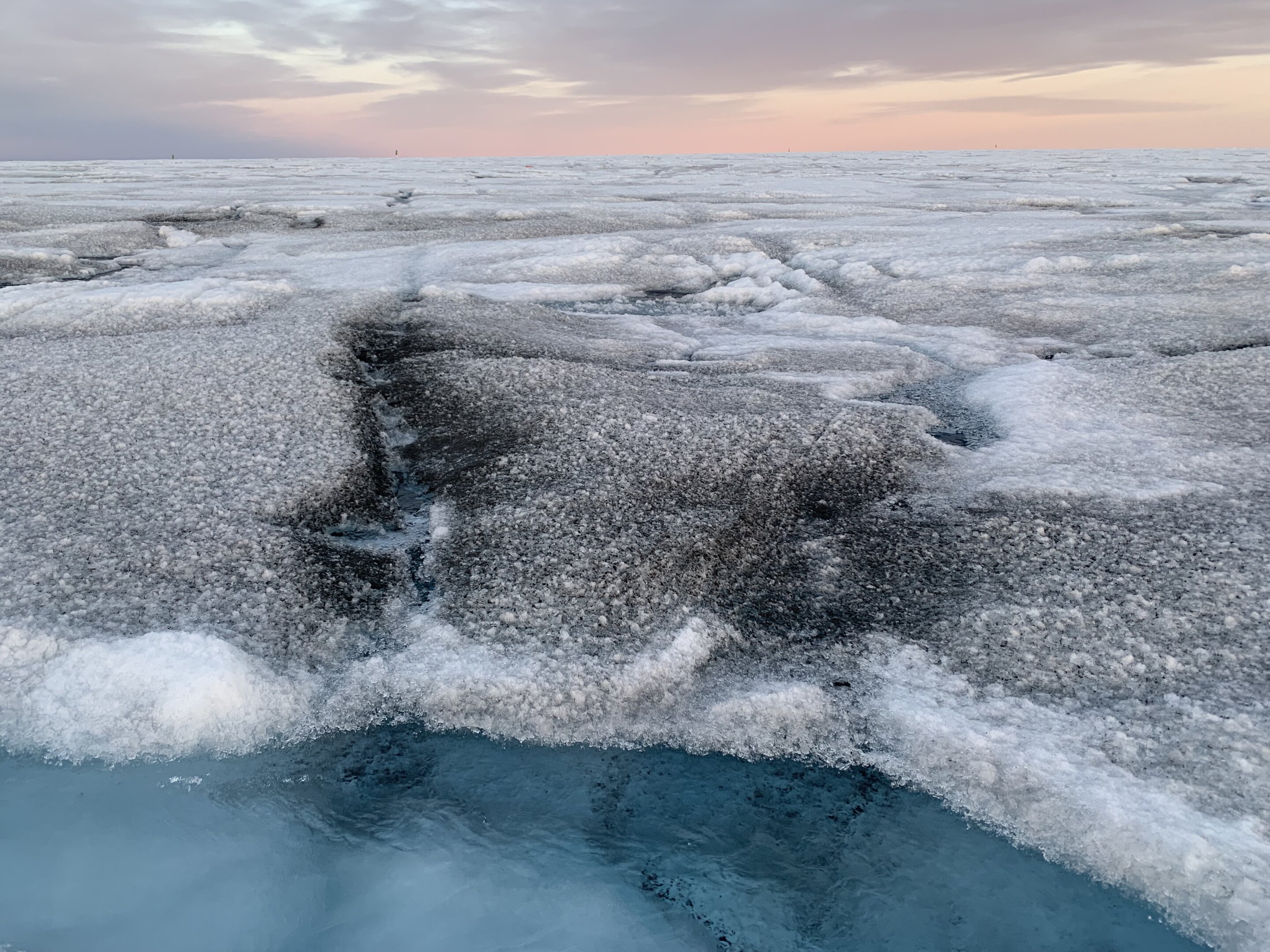Discovery of giant viruses that could slow down global warming
Follow us on Google News (click on ☆)

Algae darken the ice, reducing its reflection of sunlight and accelerating melting. Several areas of Greenland are covered with these black algae.
Credit: Laura Perini
When spring light hits the ice, dormant algae begin to bloom. This bloom darkens the ice, reducing its ability to reflect sunlight, which accelerates ice melt and exacerbates global warming.
Laura Perini and her research team at the Department of Environmental Science at Aarhus University have discovered giant viruses living on the ice, a finding published in the journal Microbiome. These viruses, much larger than typical viruses, could play a crucial role in controlling algae blooms.
Giant viruses stand out due to their size and complexity. While ordinary viruses measure between 20 and 200 nanometers, giant viruses can reach up to 2.5 micrometers (0.0001 inches), even surpassing some bacteria. Moreover, their genome is immensely larger, containing up to 2.5 million letters compared to 200,000 for classic viruses.
To identify these viruses, Perini's team analyzed the DNA from ice samples and found mRNA. This precise method confirmed their presence and activity on Arctic ice, an environment previously thought to be devoid of complex life.
The ice hosts a complex ecosystem where algae are surrounded by bacteria, protists, and giant viruses. These viruses could regulate the algae, slowing down their excessive growth that contributes to ice melt. However, this hypothesis requires further research to confirm its effectiveness and exact mechanisms.
The discovery of these giant viruses opens new perspectives. Laura Perini and her team continue their research to better understand the interactions between these viruses and their environment. Upcoming results could change our approach to Arctic ice conservation and the fight against global warming.